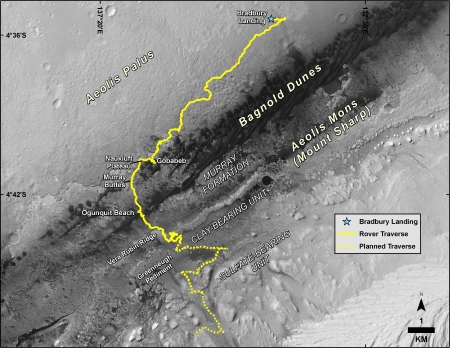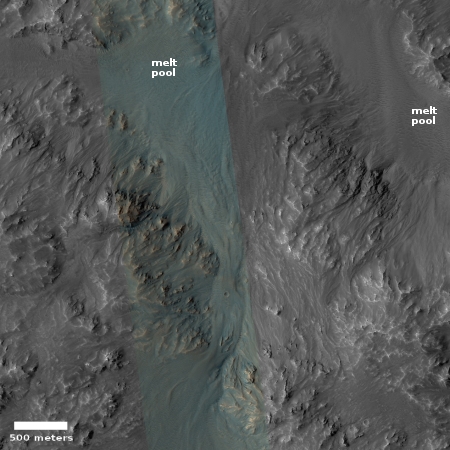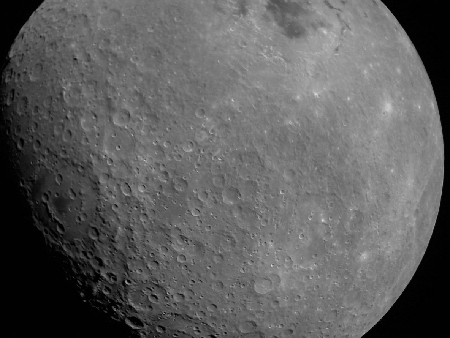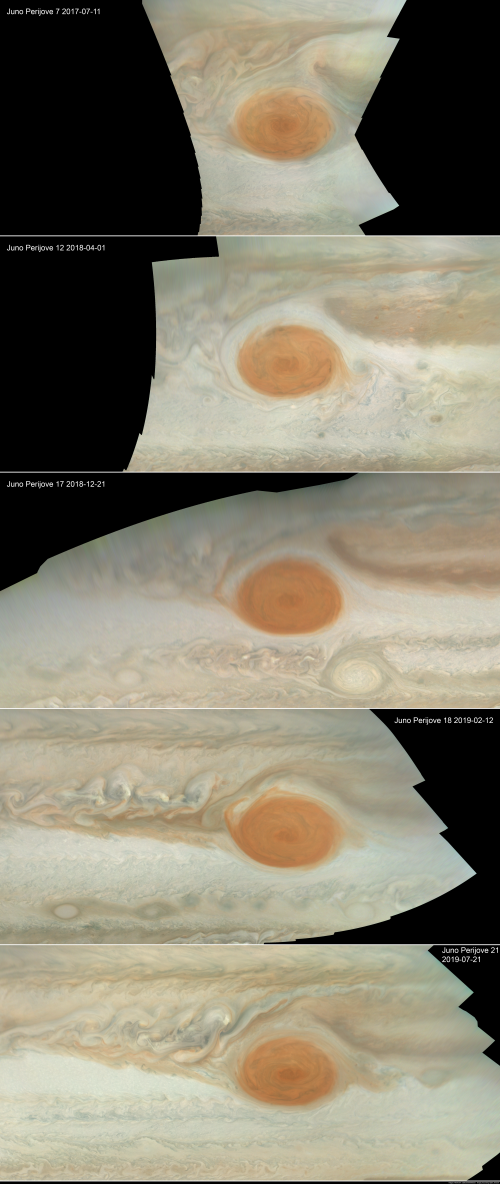Turf war: Several powerful Texas lawmakers announced yesterday their opposition to NASA’s decision to give the lead management for the next lunar lander to the Marshall Space Flight Center in Alabama.
The question is which Center will manage development of the landers, a plum assignment. NASA plans to procure them through public-private partnerships rather than traditional contracts. The actual design will be determined by whatever companies win the contracts, but NASA’s concept is for a trilogy of vehicles: a transfer vehicle to take the crew from the Gateway to a lower lunar orbit, then a descent vehicle to take them to the surface and an ascent vehicle to return them to Gateway.
…According to Ars Technica, … NASA is assigning overall responsibility for the lunar lander program to Marshall, which will also oversee acquisition of the transfer and descent vehicles. JSC will oversee the ascent vehicle.
In a letter to Bridenstine today, Senators Ted Cruz and John Cornyn and Rep. Brian Babin, all Republicans, expressed surprise and asked Bridenstine to reconsider. They argue that JSC should be in charge of the entire program, not just one of the three vehicles. Marshall’s expertise is in rocketry while JSC is “ground zero for human space exploration.”
They also disagree with splitting the work between two Centers, “an unnecessary and counterproductive departure from the unquestionable success” of the lander for the Apollo program.
This fight is not over who will actually build anything, but how to distribute the pork. In truth, the NASA agency that does this “management” does almost nothing. It is the contractor that builds the spacecraft. You could condense the management into a team of less two dozen (and that’s probably high). Instead, NASA and these politicians use the contractors to justify the existence of whole departments and hundreds of employees and large facilities, all of which are mostly irrelevant, especially if the Trump administration is serious about letting private industry do the job.
Worse, this fight — and NASA’s need to make these politicians happy — is forcing the agency to turn the work once again into a Frankenstein monster, distributing responsibility in absurd ways. I guarantee that in the end the management will not all go to Texas, meaning that the management of the different contractors will be split to different agencies, making for a very inefficient and badly managed program.
The result is going to be, as always, delays, cost overruns, bad designs, a lot of wasted money, and little accomplished.
I want to make special note of Senator Ted Cruz (R-Texas) in this affair. He ran for president as a new conservative, out to drain the swamp of Washington. Now, as senator, he is increasingly becoming captured by that swamp, participating in all the same corruption he railed against during his presidential run.
If he was really serious about draining the swamp, he would be pushing to trim NASA’s management, both in Alabama and in Texas. Instead he is fighting to build it up.






